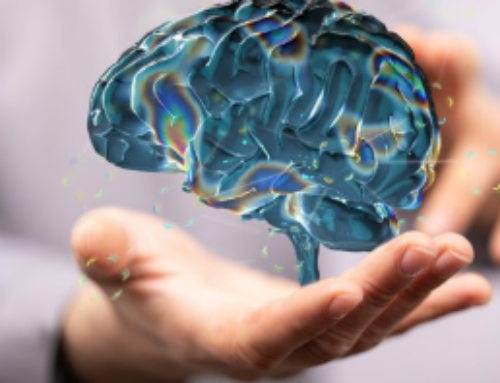Alcohol has varying effects on your body. Even one drink triggers physiological changes in your brain, heart, liver, and more. After a long period of heavy drinking, these changes can lead to long-term health complications and one of the nation’s leading causes of death: alcohol use disorder (AUD). April is National Alcoholism Awareness Month, so we’re breaking down some facts about the disease and drinking in general.
- Alcohol is among the most commonly misused addictive substances (1). Over 12% of American adults meet the criteria for AUD (2).
- Alcohol is a depressant, meaning it slows down brain activity. Some people experience worsening depression when they drink alcohol (3).
- AUD has a genetic component, meaning if you have close family members who have struggled with addiction, you’re at risk for battling the disease as well (4).
- Men are more likely to binge drink than women in the US (4). However, women are more likely to experience negative side effects from long-term drinking than men (5).
- Women are 50 – 100 times more likely to die from alcohol dependency-related causes than men (6).
- Alcohol-related deaths are the third leading cause of death in the US. The CDC reports an average of 88,424 people die each year due to alcohol-attributed accidents.
- Binge drinking is defined as a pattern of consumption over a period of time. For men, binge drinking is considered more than five drinks within a two-hour period. For women, it’s more than four drinks in a two-hour period (7).
- Adolescents who drink alcohol before age 15 are more likely to develop alcohol dependence in adulthood (8).
- AUD often leads to alcohol withdrawal syndrome (AWS) which causes hallucinations, seizures, and sometimes death. It’s imperative that people seeking to detox from alcohol do so at a medically monitored treatment center with 24-hour medical staff (9).
- It’s a myth that coffee helps you sober up quickly. While coffee may help you feel alert and awake, the only way to sober up is to allow your body to break down the alcohol in your system (10).
Our society has a complicated relationship with alcohol. It’s a huge part of people’s lives, with many social circles getting together for beers after work, or with cocktails flowing freely at holiday gatherings. While a glass of wine can be a simple moment for some, there are many people actively struggling with alcoholism and alcohol dependency every day. To observe Alcoholism Awareness Month, learn about the signs and symptoms of AUD and alcohol dependency. You could save a life!
If you or a loved one is struggling with alcohol addiction, call the New England Recovery Center today at 1-877-MyRehab and speak to an admissions counselor today. Help is here!
- https://www.drugabuse.gov/drugs-abuse/commonly-abused-drugs-charts#alcohol
- https://jamanetwork.com/journals/jamapsychiatry/article-abstract/2647079?redirect=true
- https://www.magonlinelibrary.com/doi/10.12968/hmed.2010.71.11.79653
- https://www.niaaa.nih.gov/alcohol-health/overview-alcohol-consumption/alcohol-use-disorders/genetics-alcohol-use-disorders
- https://www.drugabuse.gov/publications/research-reports/substance-use-in-women/sex-gender-differences-in-substance-use
- https://pubmed.ncbi.nlm.nih.gov/8628131/
- https://www.healthline.com/health-news/what-happens-to-your-body-when-you-binge-drink
- https://pubs.niaaa.nih.gov/publications/underagedrinking/Underage_Fact.pdf
- https://www.healthline.com/health/alcoholism/withdrawal
- https://pubs.niaaa.nih.gov/publications/RethinkHoliday/NIAAA_Holiday_Fact_Sheet.pdf










